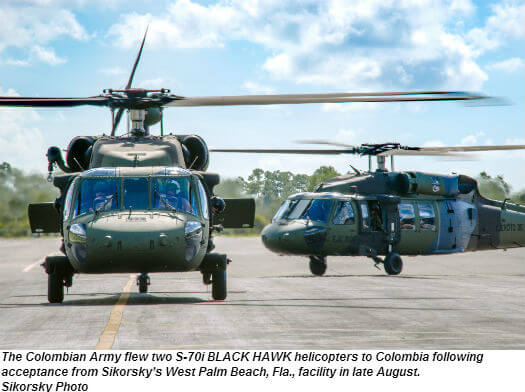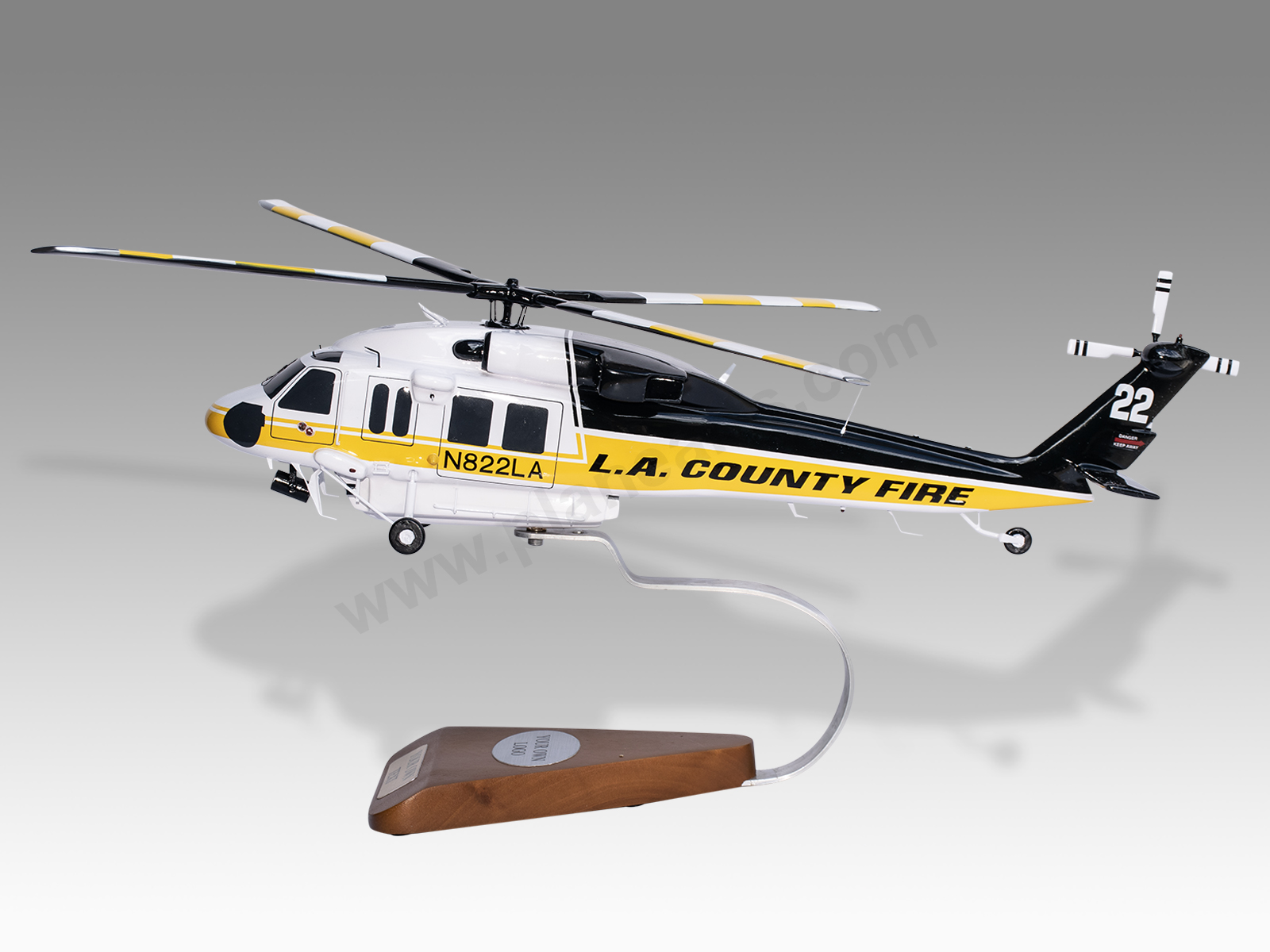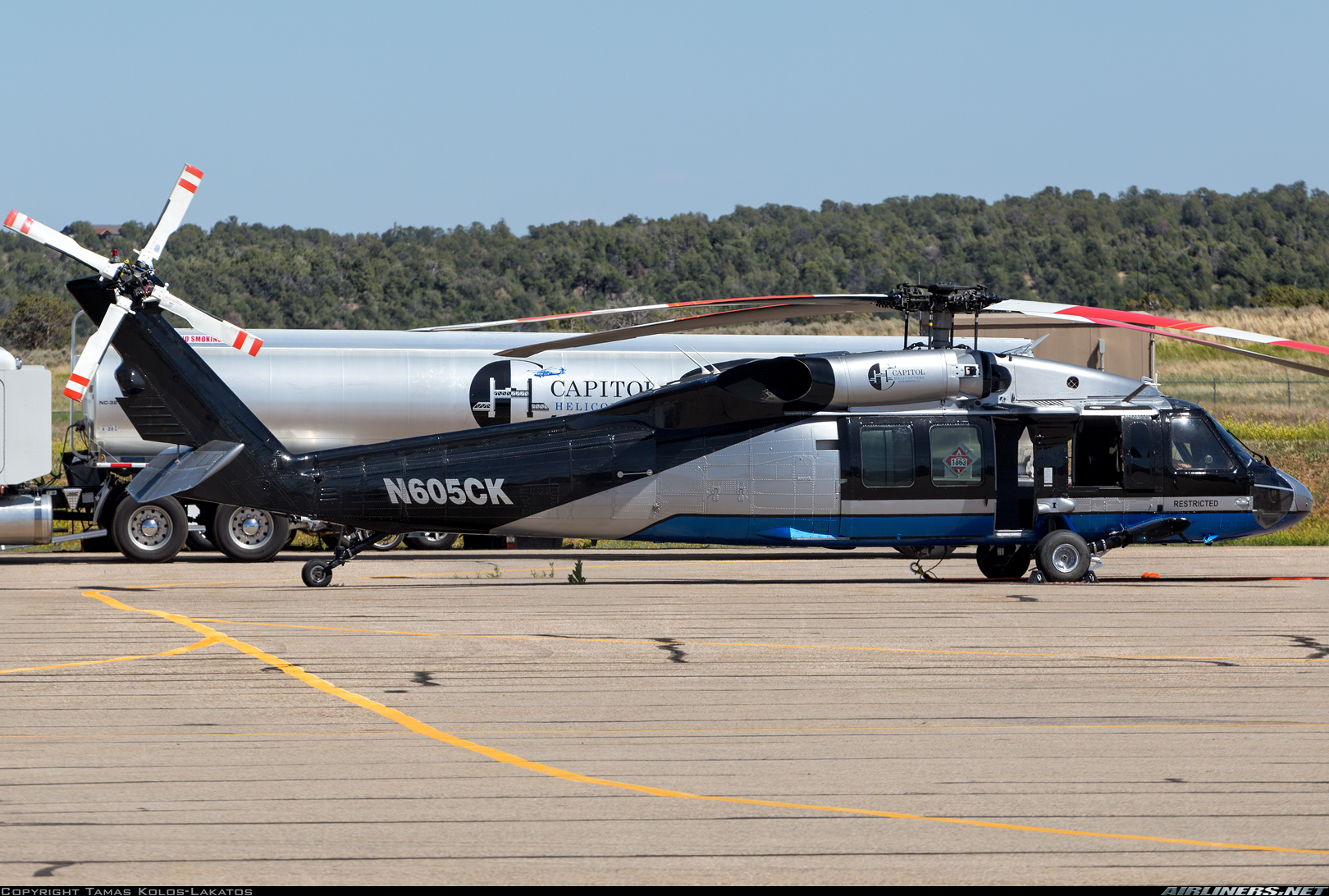Sikorsky S 70: Changing Tactical Workflow with Cutting-Edge Technology
Sikorsky S 70: Changing Tactical Workflow with Cutting-Edge Technology
Blog Article
High-Performance Multi-Role Rotorcraft Featuring Advanced Cockpit Technologies and Integrated Sensing Unit Equipments
The realm of rotorcraft technology has seen noteworthy improvements in recent times, specifically in the realm of high-performance multi-role rotorcraft outfitted with sophisticated cockpit modern technologies and effortlessly incorporated sensor systems. In the following conversation, we will certainly explore the development of rotorcraft technology, dig right into the realm of innovative cockpit advancements, and examine the ramifications of incorporated sensor systems on the operational convenience and efficiency of modern-day rotorcraft.
Advancement of Rotorcraft Technology
The advancement of rotorcraft technology has actually been noted by considerable innovations in aerodynamics, products, and propulsion systems, forming the capacities and efficiency of modern-day rotorcraft. Aerodynamic improvements have boosted the effectiveness and ability to move of rotorcraft, permitting enhanced rate, agility, and stability during flight (sikorsky s 70). Innovations in materials, such as using composite products and advanced alloys, have caused lighter yet more powerful rotorcraft structures, improving total efficiency and durability. Furthermore, improvements in propulsion systems, consisting of a lot more powerful engines and cutting-edge propulsion technologies, have made it possible for rotorcraft to accomplish higher altitudes, faster speeds, and greater payloads.
These innovations have not just changed the abilities of rotorcraft but have additionally increased their applications across various industries, consisting of armed forces, commercial, and emergency situation solutions. The constant evolution of rotorcraft technology remains to drive innovation in the area, pushing the borders of what is feasible and shaping the future of vertical trip.
Advanced Cockpit Innovations
Structure upon the fundamental improvements in aerodynamics, materials, and propulsion systems, the realm of rotorcraft modern technology now changes focus in the direction of pioneering Advanced Cabin Innovations. The assimilation of sophisticated innovations within the cabin atmosphere plays a critical function in boosting the operational capacities, security, and effectiveness of modern-day rotorcraft. sikorsky s 70. Advanced Cockpit Innovations include a wide range of functions designed to provide pilots with enhanced situational recognition, streamlined data administration, and intuitive control interfaces
Among the vital innovations in cabin design is the application of glass cabins, which replace typical analog evaluates with high-resolution display screens. These digital systems supply customizable designs, real-time information combination, and boosted readability, enabling pilots to gain access to essential details at a glance. Additionally, progressed avionics systems, such as fly-by-wire controls and increased truth display screens, are transforming exactly how pilots engage with the aircraft, permitting exact control and boosted decision-making capacities.


Including advanced cockpit developments not only enhances pilot efficiency yet also adds to total objective effectiveness and safety in complex functional atmospheres. By leveraging state-of-the-art innovations within the cockpit, rotorcraft suppliers are setting brand-new criteria for functional excellence and goal success.
Integrated Sensor Solutions
With the evolution of rotorcraft modern technology, the combination of innovative Integrated Sensor Equipment has come to be critical in enhancing functional efficiency and safety and security. These Integrated Sensor Equipments incorporate a broad selection of innovations that offer vital information for various features such as navigation, surveillance, targeting, and environmental surveillance. By perfectly incorporating sensors like radars, electronic cameras, lidar, and infrared systems into rotorcraft, operators can benefit from boosted situational awareness, enhanced objective capacities, and decreased pilot work.
One trick benefit of Integrated Sensor Solutions is their capability to collect real-time information and give actionable insights to pilots and objective drivers. Advanced radar systems can discover and track targets over long ranges, allowing for very early danger discovery and reliable reaction planning. Additionally, integrating infrared and electro-optical video cameras makes it possible for rotorcraft to perform reconnaissance and surveillance missions with accuracy wikipedia reference and precision.
Essentially, the assimilation of advanced sensing unit modern technologies into rotorcraft not just enhances functional performance however likewise adds dramatically to general mission success and crew safety. As rotorcraft proceed to develop, the function of Integrated Sensor Systems will unquestionably remain at the center of development in the aerospace sector.
Operational Convenience and Performance
Enhancing functional versatility and effectiveness in rotorcraft is a natural development from the integration of sophisticated Integrated Sensor Equipments. By leveraging the understandings and data supplied by these sophisticated sensing unit systems, rotorcraft can enhance their efficiency throughout various objectives and settings.
Operational convenience encompasses the capability of rotorcraft to adapt to different functions and circumstances successfully. With sophisticated cockpit technologies and incorporated sensor systems, rotorcraft can flawlessly change between jobs such as search and rescue, medical evacuation, surveillance, and more. This adaptability boosts the rotorcraft's capacity to satisfy varied functional demands without calling for comprehensive reconfiguration.
Performance in rotorcraft procedures is essential for optimizing mission effectiveness and source application. Integrated sensor systems play a critical role in enhancing operational efficiency by providing real-time information on weather, terrain mapping, target monitoring, and extra. This data allows pilots to make informed choices promptly, maximize flight paths, preserve gas, and improve general mission productivity.
Influence on Modern Air Travel Procedures

In addition, the integration of advanced sensors facilitates enhanced goal planning and execution, allowing rotorcraft to execute a broad array of jobs with boosted precision. From search and rescue operations to airborne firefighting and police objectives, the capacities of modern rotorcraft equipped with sophisticated cabin innovations and integrated sensing unit systems are exceptional.
In addition, the influence of these improvements expands beyond operational performance to cost-effectiveness and sustainability. By optimizing flight paths, gas usage, and upkeep schedules, high-performance rotorcraft geared up with sophisticated cabin technologies and sensing units add to lowering operational expenses and environmental influence, making them crucial assets in modern aviation procedures.
Conclusion
In conclusion, the high-performance multi-role rotorcraft with advanced cabin modern technologies and incorporated sensing unit systems stands for a considerable advancement in aeronautics modern technology. These technologies enhance functional flexibility and efficiency, ultimately affecting modern-day aeronautics operations in a positive method. The assimilation of these sophisticated innovations enables enhanced abilities and performance in various objective situations, showcasing go to my blog the continued advancement of rotorcraft modern technology in the aviation industry.
The realm of rotorcraft modern technology has seen significant improvements in current times, specifically in the realm of visite site high-performance multi-role rotorcraft furnished with advanced cabin innovations and flawlessly incorporated sensing unit systems. From improved goal adaptability to enhanced functional effectiveness, the merging of innovative cabin technologies and integrated sensor systems has ushered in a brand-new age of possibilities for rotorcraft applications. In the adhering to discussion, we will certainly discover the advancement of rotorcraft technology, dive right into the world of sophisticated cabin advancements, and examine the implications of incorporated sensor systems on the functional versatility and efficiency of contemporary rotorcraft.

Report this page